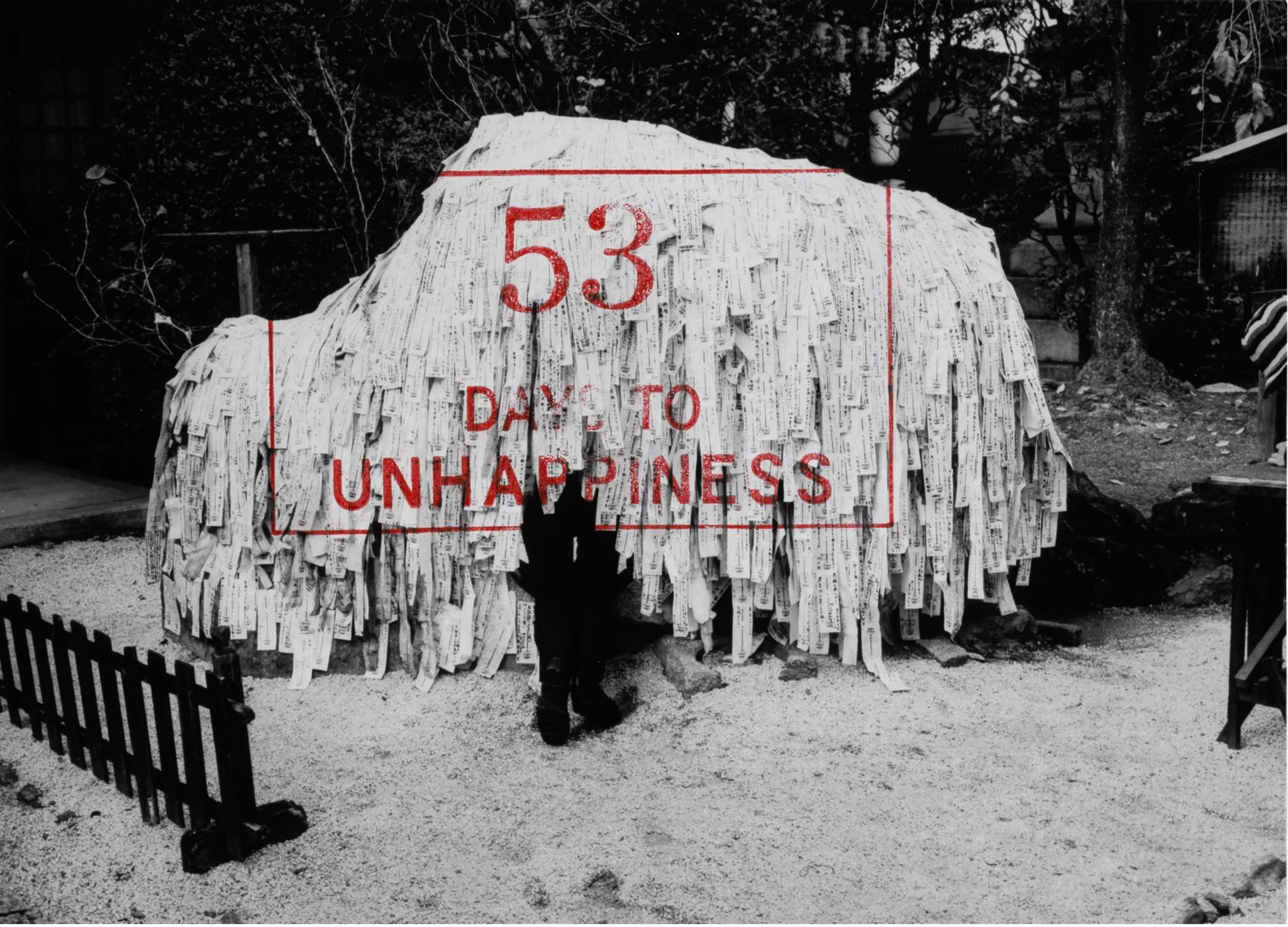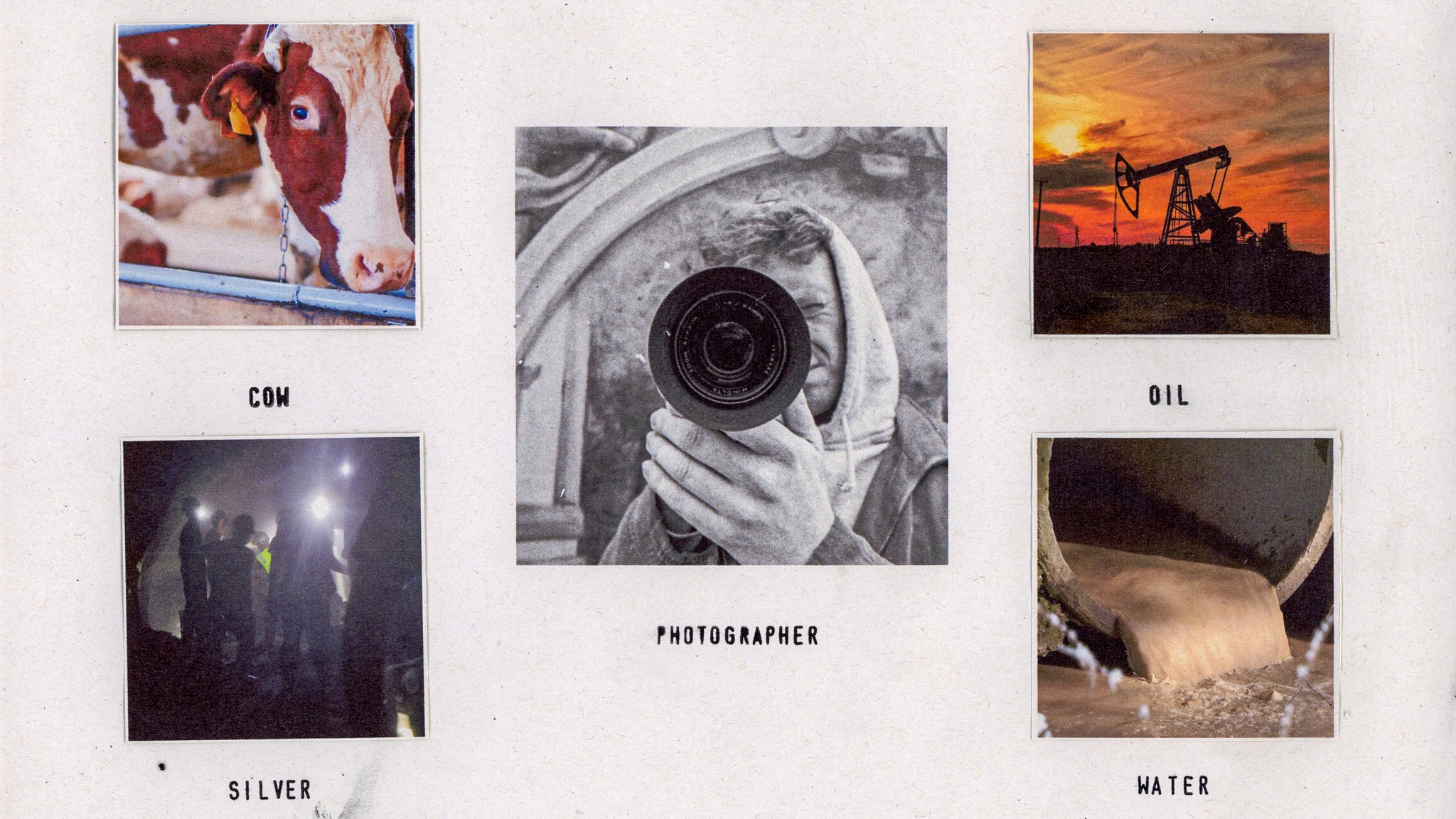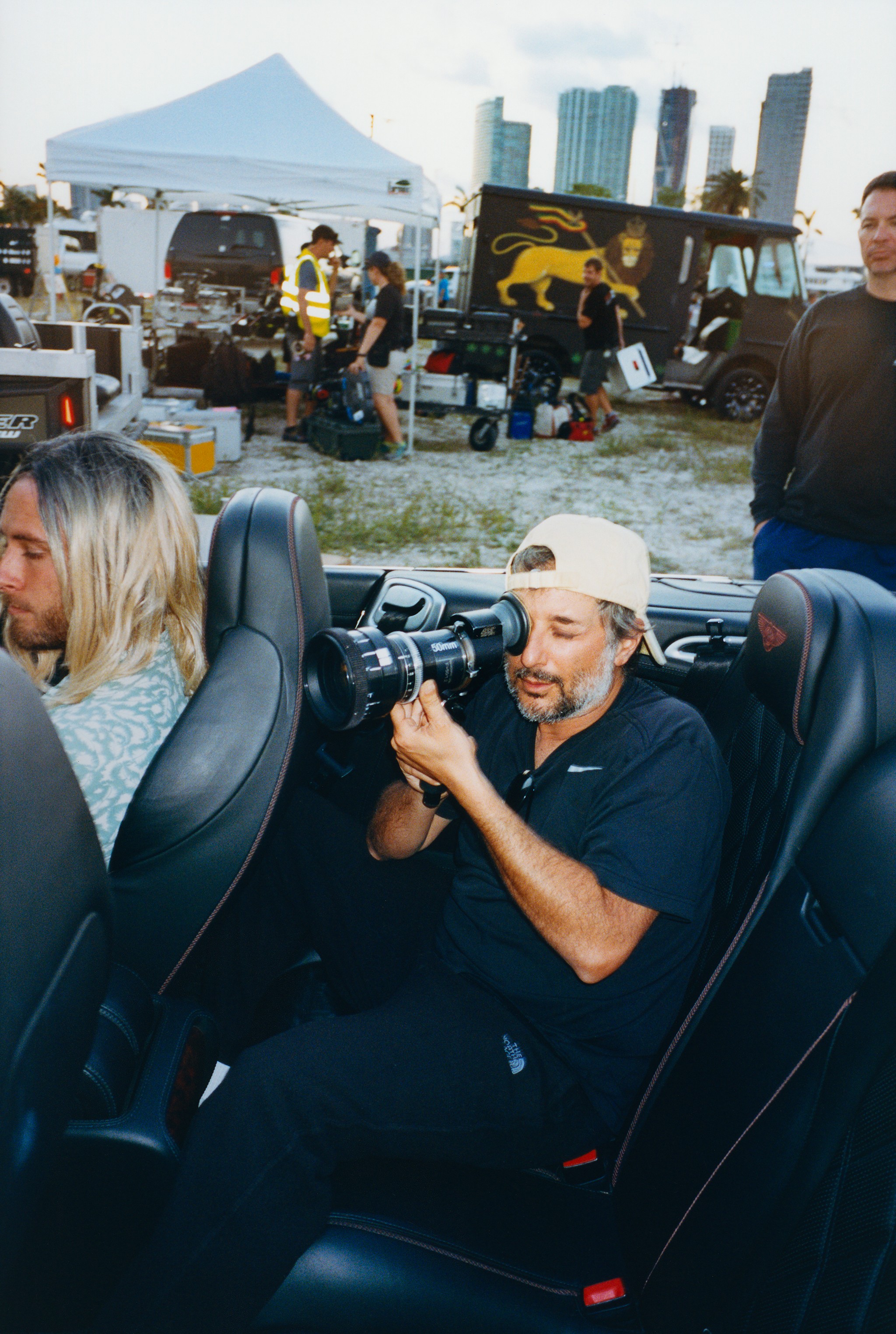Exquisite Pain: Sophie Calle’s Photographic Break-Up
By Sam Moore

Sophie Calle Exquisite Pain, 36 days ago, 1984-2003 Perrotin
Sophie Calle’s work exists through the lens of contradictions: conceptual, but in a way that never feels formally artistic; personal, with an awareness of how strangers might respond to her life; intimate and distant all at once. In her early work such as The Hotel (1981), Calle worked as a chambermaid in a hotel to observe the objects and writing of guests. For The Blind (1986) the artist asked blind subjects to define beauty, creating photographic works to match their descriptions. Her series Exquisite Pain and Take Care of Yourself (2007) Calle’s practice develops a relationship between the figure of the artist and strangers. Each of these series sees Calle asking strangers to, in one way or another, share in her pain, charting a course from loss to healing.
Images in Exquisite Pain - currently on display as part of the permanent collection at the Pompidou Center - are a series of diptychs. On one side is a fragment of Calle’s own breakup narrative, presented alongside a story collected from strangers Calle spoke to on a trip to New Delhi – the very trip she was meant to be taking with the man she loved. The man who left. The reality of how Exquisite Pain was put together wasn't poetic. After all, nothing in life ever happens to anyone as poetry; we transform it after the fact, as Calle does here with these images, and with the conversations she turns to captions.The location in her series that is representative of her breakup is a pristine bed with a red telephone looming by its side. The red phone, and all the disaster contained within it, is her hotel room.
Calle’s half of each diptych in Exquisite Pain often begins with the length of time since the breakup: fifteen days ago the man I love left me, or, 77 days ago, the man I love left me. What remains the same is the room, the telephone, the site of a disaster. This room feels haunted by Calle’s loss, as if each time the image reappears, she’s grappling with the way her past comes back to haunt. The captioning, however, changes with time, transforming the meaning of the room itself from the site of an ending, into something different. Calle came upon her captions by approaching strangers, asking them to describe the worst moment in their lives. Many were tales of heartbreak; stories of death, loss, and grief. With each diptych, the way she feels changes, the growing distance allowing the words to sting a little less.

Sophie Calle Exquisite Pain (Count Down - 69), 2000 Paula Cooper Gallery
Next to 77 days ago - a point at which Calle calls the breakup an ordinary story - is an adult in their forties, still grappling with being lied to about the death of their father (the image provided seems to be the cemetery where he’s buried, from a distance). 36 days ago is flanked by the piercing memory of someone who witnessed their close friend’s eyes opening, after their death. It’s in the contrast between these strangers’ stories of loss, and Calle’s constant grappling with the end of her romantic relationship, that makes the artist’s mission statement clear: that a breakup is, in its own way, a kind of grief. This might not be a new perspective, but by charting it through time and conversation, Exquisite Pain shows not only the pain of loss, but what an understanding of healing might look like.

Sophie Calle Exquisite Pain (Count Down - 53), 2000 Paula Cooper Gallery
It’s in the sardonic sign-offs, the admissions of normality, that Calle’s project takes on another dimension. She seems to be divorcing the story of the breakup from the person that broke up with her; reframing it as her own narrative. There’s a line in Susan Sontag’s early journals that I’d be inclined to caption Calle’s project with: it hurts to love. It's like giving yourself to be flayed and knowing that at any moment, the other person may just walk off with your skin. In her (re)telling, Calle seems to be, of all things, stopping someone from walking off with her skin. By charting the course of this breakup, the artist seems able to capture not only who she was in the moment that it happened, but the person that she becomes in its wake. Calle captures a simple yet universal pain that perhaps never entirely goes away, but must be wrestled with, reckoned with, until we understand both it, and ourselves, anew. View Exquisite Pain in the Corps à corps exhibition at the Pompidou Center, Paris.
6 Sep 2023 - 25 Mar 2024
Pompidou Center
Place Georges-Pompidou,
75004 Paris, France
Sam Moore is a writer, artist, and editor. They are the author of Chesil Cliff House and other failures (Sticky Fingers Publishing, 2023), Search history (Queer Street Press, 2023), Long live the new flesh (Polari Press, 2022), and All my teachers died of AIDS (Pilot Press, 2020). They are one of the co-curators of TISSUE, a trans reading series and publishing initiative based in London.



